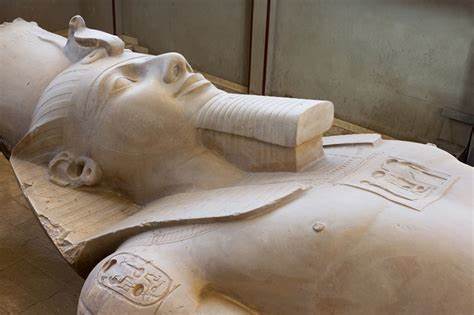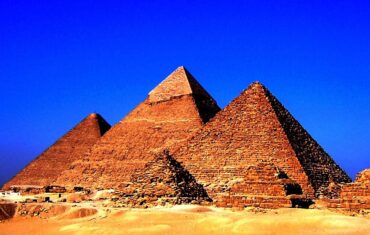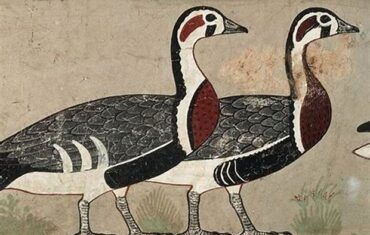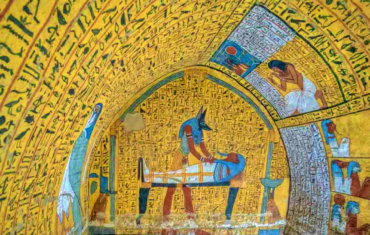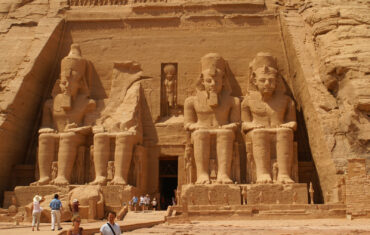Most excursions to North Saqqara include a brief visit to the remains of Memphis in the village of Mit Rahina. Unfortunately, they will not help the imagination to reconstruct the overall picture of the ancient city, which was erased by the centuries and buried several meters underground and fields. Glimpses of the former glory of the city can be seen in the large necropolises located along the road through the desert and in countless exhibits at The Egyptian Museum in Cairo. But to appreciate the significance of Memphis, you will have to remember its history.
The founder of the city is considered to be Menes, a semi-mythical ruler (also known as Narmer) who United the Upper and Lower Egypt and laid the Foundation of the first dynasty around 3100 BC. At that time, Memphis was located at the top of the Nile Delta and thus controlled all communications by land and river. If it wasn’t the first city on earth, it was definitely the first Royal city.
First Glorious Capital of Egypt
Memphis was the capital of Egypt throughout the Ancient Kingdom; it regained its importance after the anarchy of the Intermediate period, and it was not eclipsed by the new capital of the XII dynasty. Even after Thebes became the capital of the New Kingdom, Memphis still held sway over Lower Egypt and remained the country’s second city until the Ptolemaic era. It was finally abandoned only at the beginning of Muslim times, after four thousand years of continuous glory.
Unfortunately, most of the buildings of this “garden city” were built of brick. The bricks were made from marsh soil, and after all this time they turned back to the Nile silt from which they had once been made. Stone temples of the city were dismantled by settlers to use it as a building material. Currently, the remaining statues and stelae are located in the same garden. 
What remained of its Attractions
The main attraction of this area, found in 1820, is the Colossus of Ramesses II, made of limestone and similar to the one that stood on Midan Ramesses; it was found lying on its back in a concrete shelter. Also very impressive is the giant alabaster Sphinx, weighing eighty tons. Both these figures were probably standing in front of the temple of Ptah, the city’s patron God.
If you go out on the road from the garden, along the way (on the right) you can see several alabaster embalming tables, where the mummification of the sacred APIs bulls was carried out before burial in the Serapeum in Saqqara. In the moat across the road, the premises of the Ptah temple complex have been excavated. If you climb the ridge near them, you will see a valley with cultivated fields stretching up to the Step pyramid in the center of the valley of North Saqqara.


